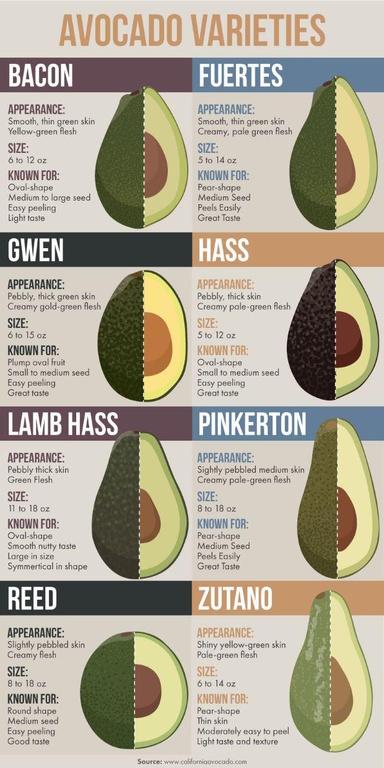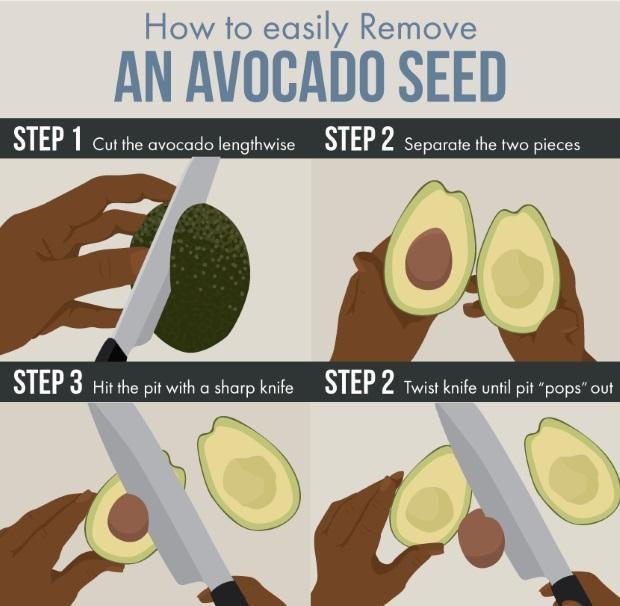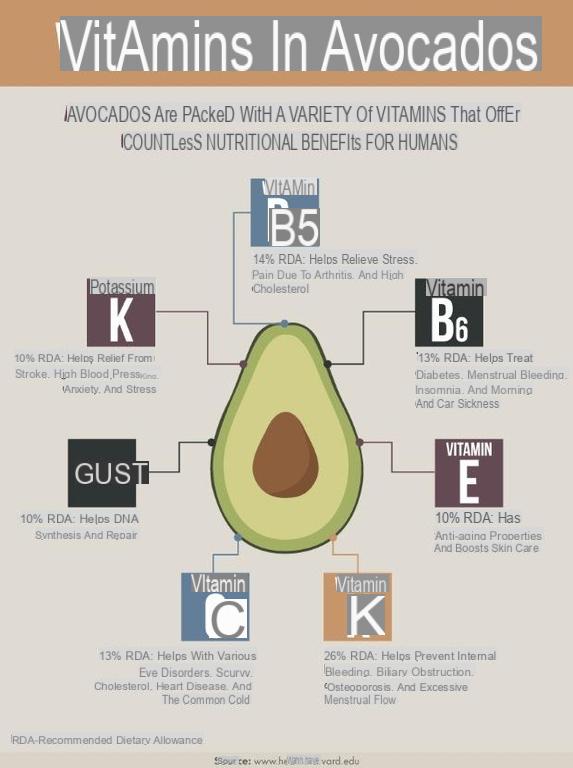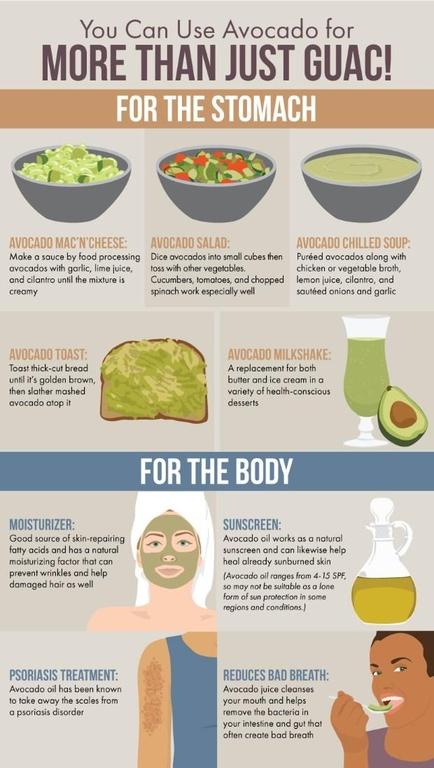Avocado is the fruit of the Persea americana Mill., a Lauraceae family tree. Already cultivated by the native populations of central and southern America before the arrival of Christopher Columbus, it was also called "alligator pear" due to the shape and color of the outer skin. Avocado is rich in calcium and potassium, and is very beneficial for hair, eye and brain health. Let's find out how to choose it, consume it and what benefits it brings.
Until the early 80s, avocado was generally regarded in America as a regional fruit (Yes, it's a fruit). Before that, avocado was mostly enjoyed by Californians, as the fruit was grown throughout California, as well as by people of Latin descent.
In those years the "alligator pear" typical of hot climates was too expensive to export, especially towards countries and consumers who did not even know they needed it so much.
In 1990, however, the "California Avocado Commission" advertised the avocado, enjoying great success, thanks to a series of television commercials and a PR agency in New York, promoting the very high nutritional value of this fruit much loved, rich in "good" fats.
But more importantly, the California Avocado Commission had convinced Americans that a box of avocado guacamole was the perfect accompaniment to snacks and a suitable snack at sporting events. (Or maybe just "the perfect accompaniment to a snack while watching the game.")
Nowadays, Americans consume over 80 million pounds (see note 1 at the end of the article) of avocado per year. Of course, they mostly consume it in the form of guacamole, a delicious sauce with mashed avocado, salt, lime, and cilantro. But it doesn't necessarily have to be consumed like this. Avocado is much more versatile than you might think. It is tasty and healthy and capable of becoming a bigger part of your life.
Find a good Avocado

Unlike many other fruits, avocados do not ripen on the tree, but they only become softer and more edible after they are harvested.
Generally, a "good" avocado can be chosen simply observing the color of the peel. In the case of the well-known Hass variety, one should look for a shade in the skin that tends to purple, almost black.
Either way, the best way to find a ready-to-eat avocado is touch it. Gently squeeze the avocado and if you manage to dent it with your fingertips, it is probably ripe.
A trick to make Avocado ripen quickly
Sometimes, it can happen that you desperately crave a guacamole, but only find bright green avocados in the store that are rock hard. This is not necessarily a problem.
Place your unripe avocado in a paper bag with no holes and fold it up to close it tightly. Inside the bag, all the ethylene gas that is released from the fruit will not be able to escape and will cause the avocado to ripen faster.
By adding bananas and apples to the bag, ethylene released will be even more, allowing for even faster ripening.
How to make an Avocado

Cutting
Gently cut around the avocado, lengthwise, dividing it in half (step 1 of the image). Make sure that the knife cuts the avocado all the way to the center, to obtain a clear separation (step 2 of the image).
Remove the core
Firmly dip a sturdy knife - preferably a professional knife - into the core (step 3 of the image). If possible, use the base of the knife. (Warning: a little accident is always possible, so keep half of the avocado from pitting using an oven mitt if you're worried). Once the knife is completely immersed in the pit, twist it until it comes off the avocado (step 4 of the image). Slide the core off the blade.
Remove the peel
To make guacamole and many other avocado recipes, you can simply remove the avocado pulp with the help of a spoon, digging it out of the peel.
However, if you want intact avocado slices, you will need to carefully remove the skin. Using a kitchen knife, slice the avocado. Then, insert a large but thin spoon between the peel and pulp of the avocado to get the clean slice.
Tricks to prevent oxidation
As avocado contains polyphenol oxidase enzymeo, which can easily oxidize, if it remains in contact with air it can easily turn brown. These tips can help you avoid it:
- Rub the exposed avocado with lemon juice or another acid.
- Always leave the avocado seed in contact with the pulp.
- Add the water to the container where you store (briefly) your avocado.
The most renowned avocado health benefits

Of course, avocados aren't just tasty but they are packed with health benefits which can be acquired either by eating the fruit or by other methods.
Benefits when eating avocado:
- Rich in potassium: A typical avocado contains about 708 mg of potassium, or 15% of the recommended daily allowance, much more than the banana, which is also notoriously rich in potassium. Potassium helps regulate blood pressure.
- Rich in fiber: avocado fibers contribute to weight loss by helping intestinal bacteria; in addition, they reduce blood pressure spikes.
- Rich in oleic acid: the vast majority of the calories in an avocado derive from the presence of this monounsaturated fatty acid, which can reduce inflammation.
Benefits from non-food use of avocado
Surprisingly, avocado also offers numerous benefits that do not come from simple food consumption.

For the stomach
- Avocado mac’n’cheese: Prepare a creamy sauce by blending the avocado with the garlic, lime juice and coriander in a blender.
- Avocado Salad: cut the peeled avocado into small cubes and add to other vegetables. Entrol, tomatoes, and spinach pair particularly well with avocado.
- Cold avocado soup: Blend the avocado with chicken broth or vegetable broth, and serve the soup with lemon juice, coriander, browned onions and garlic.
- Toast with avocado: toast a slice of thin bread and serve it covered with previously mashed avocado with the help of a fork.
- Milkshake: it is possible to replace avocado with butter or ice cream in many sweet preparations.
For the body
- Moisturizing. Avocado is a good source of skin-friendly fatty acids and moisturizing factors that help prevent wrinkles and help repair damaged hair.
- Sun protection. Avocado oil acts as a natural sunscreen and can likewise help against sunburn on the skin.
- Psoriasis treatment. Avocado oil is known for eliminating scales caused by psoriasis
- Reduces bad breath. Avocado juice cleans the mouth and helps remove gut bacteria that often cause bad breath.
Fonte: Everything You've Ever Wanted To Know About Avocados di Aaron Goldfarb
NOTES
1. The pound is a unit of mass still in use in the United States and the United Kingdom. One pound equals approximately 454 grams. Therefore, in the article, 80 million pounds correspond to about 36 million kg or so.
Read also Avocado varieties, how to recognize them >>


























